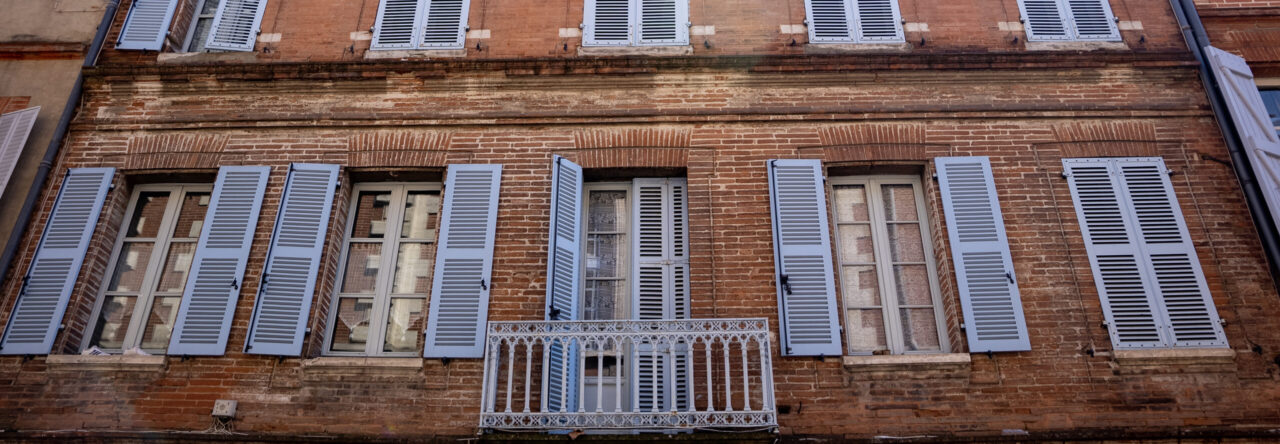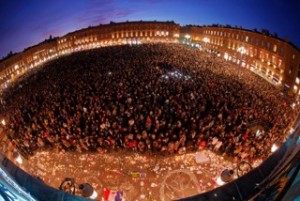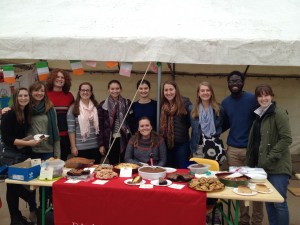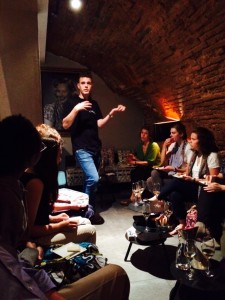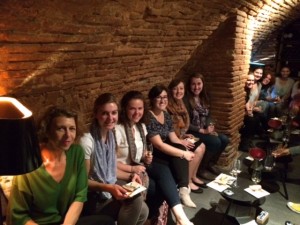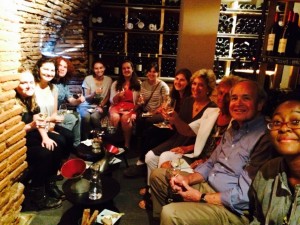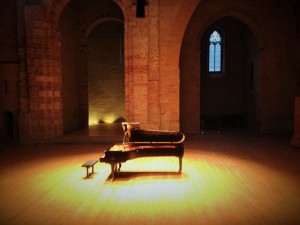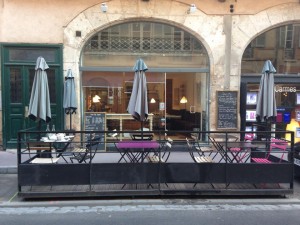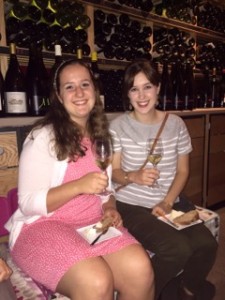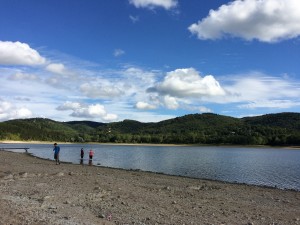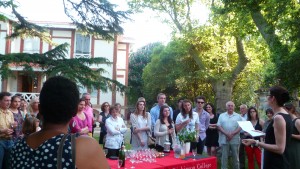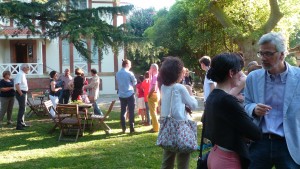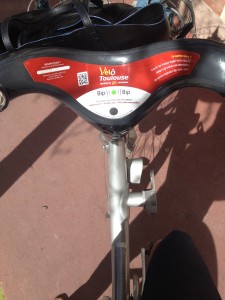– Joojo Ocran
On 13th November, the world was stunned as Paris suffered a series of coordinated terrorist attacks which left 130 people dead and over 350 injured. The global reaction was immediate, with national monuments all around the world being lit up in the French tricolor flag, and heads of state making speeches pledging their support for France.
Local reactions were immediately apparent. When the news of the attacks broke in Toulouse, I was watching the France vs. Germany game (which was the scene of one attack) in a public setting. The shock and confusion was evident on the faces of many spectators, who set about ensuring the safety of their friends and family in Paris. In the following hours, there was an outpouring of emotion on social media platforms, with many people (French and otherwise) overlaying the tricolor on their profile pictures.
In the following days, multiple rallies and events were held throughout Toulouse to show solidarity with the people of Paris. As early as Saturday, about 250 people had gathered at place du Capitole (Toulouse’s town square). The commemorative events continued on the 16th of November, with a minute of silence observed throughout Toulouse at noon, and the archbishop of Toulouse organized a beautiful interfaith mass that night. The climax of Toulouse’s solidarity events came the next day, where a massive 12,000 people showed up at place du Capitole to mourn and show solidarity with Parisians. It was an incredibly moving moment, with local artists making murals to commemorate the occasion, as well as the crowd chanting, praying and singing the Marseillaise.
These publicly organized demonstrations of solidarity were touching, but it still warms the heart to see little reminders of Toulouse’s support in unexpected places. As an avid biker, I was thrilled to find that VeloToulouse (Toulouse’s public bike system) had replaced their regular screen with one that boldly declared “Toulouse est Paris“.
In another heart-warming personal show of solidarity, some Toulousains (citizens of Toulouse) have taken to using the term “pain au chocolat” as opposed to the more traditional term “chocolatine” that residents of the Midi-Pyrénées region tend to use. It has been two weeks since the tragic events of the Paris attacks, and Toulouse has not ceased to send the message of “fraternite et solidarite” to the people of of Paris.
